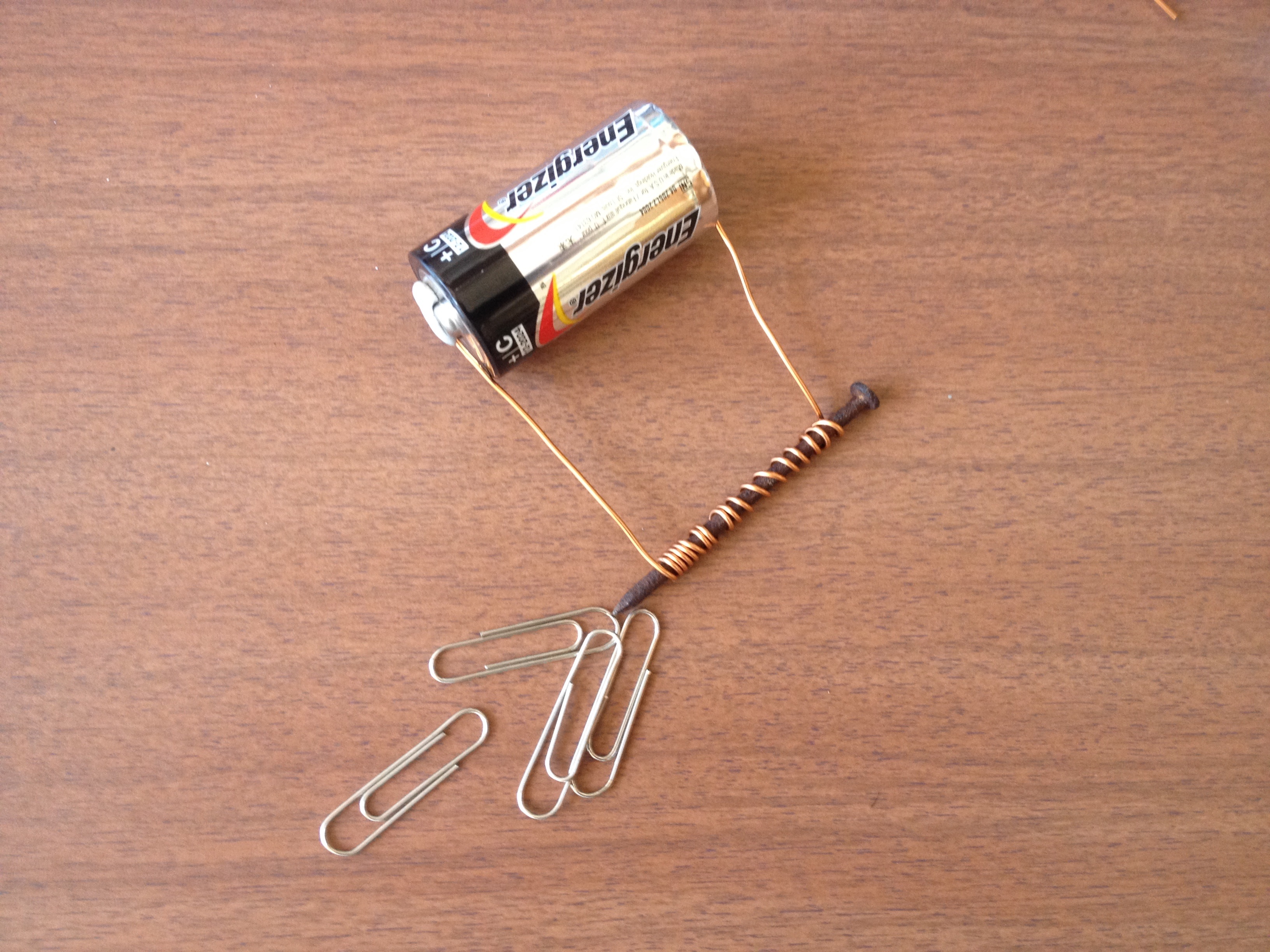

In general, magnetic fields are produced by electrical currents. There are at least two ways in which to get magnetic fields which may be relevant to planets:


Planets form very hot, temperatures which would destroy any bar magnet in their interiors. So, for planets to have magnetic fields requires that they be able to conduct electricity and that there is some energy source to drive electrical currents through the wires. A perfect set-up would be for there to be a conductor that flows (for example, a liquid or molten metal) and an energy source to drive the current (for example, a rapidly spinning planet).
Both bar magnets and electromagnets produce magnetic fields with the familiar shapes one remembers as a child and interestingly so does the Earth:

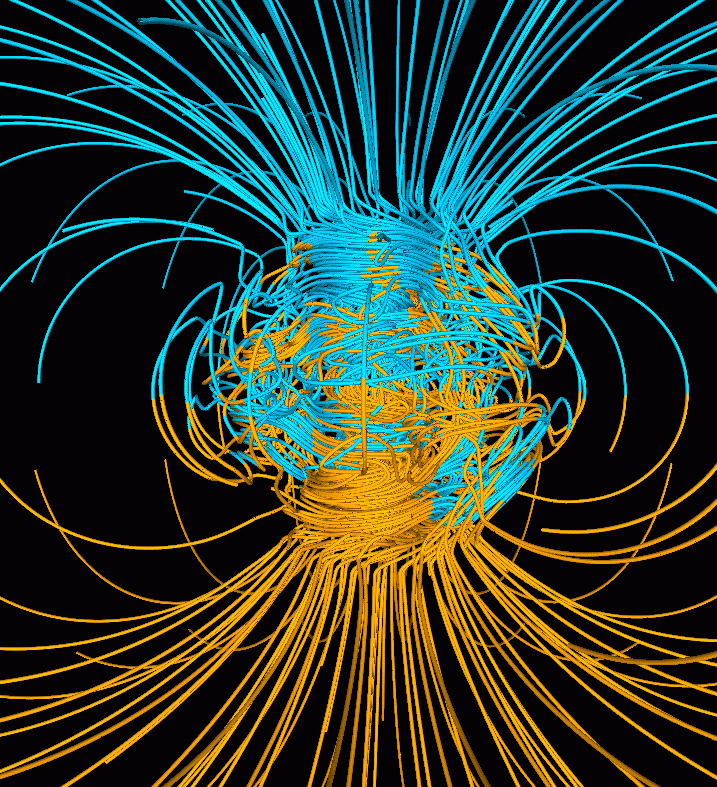
For more, look at local regions on the Sun, and the Earth's Bow Shock .
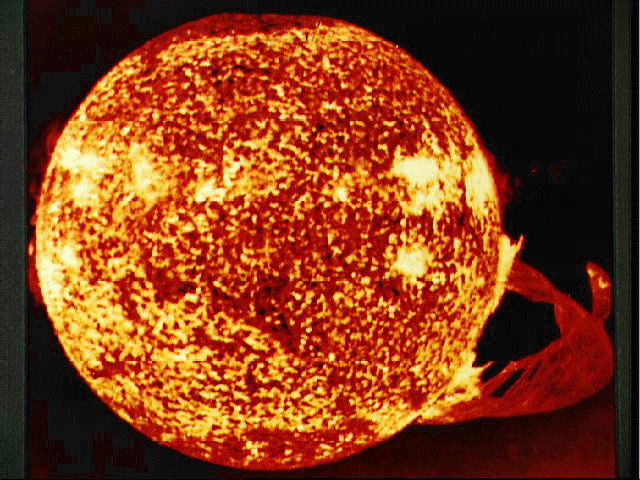
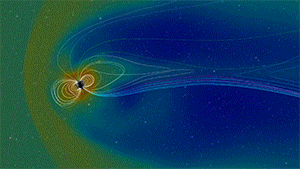
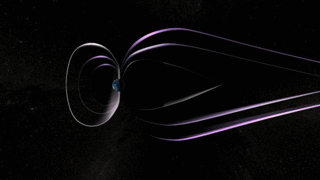
The field shapes are very similar to that of a simple bar magnet. The Bow Shock gifs are quite interesting. They show the Solar Wind and a Coronal Mass Ejecteion (CME) running into the Earth's magnetic field. The Solar Wind is the steady stream of high energy particles that flows off the Sun and CMEs are huge ejections of mass from the Sun produced by X-Type Solar flares. The Earth's magnetic field gets compressed a little but it deflects most of the Solar Wind and much of the CME around the Earth preventing them from hitting the upper atmosphere directly. Our weak magnetic field shields us from the Solar Wind and other Solar events. Some of the Solar Wind does leak in around the magnetic poles of the Earth, though. These high energy particles from the Sun are responsible for the Aurora displays. Mars, because it has no magnetic field, is not shielded from the Solar Wind and the Solar Wind hits the upper atmosphere of Mars directly! This has large consequences for the evolution of the Martian atmosphere.
 |
|